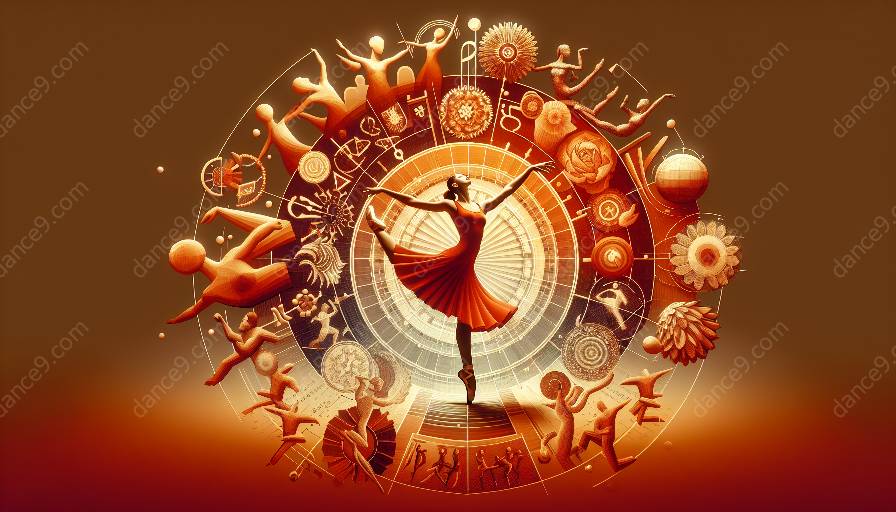Dance is a form of expression that involves intricate movements and bodily engagement, delving into the world of kinesthetic empathy and embodied cognition. The nexus of dance anthropology and dance studies offers a deeper understanding of how these elements influence the art of dance.
Kinesthetic Empathy
Kinesthetic empathy relates to the ability of an individual to perceive and understand the movements and intentions of others through a physical and empathetic connection. In the realm of dance, kinesthetic empathy plays a pivotal role in fostering a sense of connection and communication between dancers, allowing them to resonate with one another's movements and emotions.
Embodied Cognition
Embodied cognition encompasses the idea that the mind is not separate from the body, but rather, intertwined with it. It emphasizes how cognitive processes are deeply influenced by sensory experiences, bodily movements, and physical actions. Within the context of dance, embodied cognition elucidates the intricate relationship between the mind and body, highlighting how dancers' thoughts and emotions are expressed and shaped through their physical movements.
Dance Anthropology Perspective
When viewed through the lens of dance anthropology, the exploration of kinesthetic empathy and embodied cognition in dance becomes an anthropological study of human movement, social interaction, and cultural expression. This perspective delves into the historical, social, and cultural significance of dance, unpacking how kinesthetic empathy and embodied cognition manifest within different dance forms and traditions across various cultures.
Dance anthropologists dissect the ways in which kinesthetic empathy and embodied cognition intersect with cultural practices, rituals, and beliefs, highlighting the profound impact of dance on human societies and identities.
Dance Studies Analysis
In the realm of dance studies, the examination of kinesthetic empathy and embodied cognition contributes to a comprehensive understanding of the psychological, emotional, and cognitive dimensions of dance. It delves into the choreographic, performative, and pedagogical aspects of dance, shedding light on how dancers and audiences alike engage in and interpret movement through the lenses of empathy and cognition.
Dance scholars scrutinize the ways in which kinesthetic empathy informs collaborative choreography, improvisational dance, and audience reception, examining how embodied cognition shapes dancers' creative processes, interpretive frameworks, and emotional experiences.

















